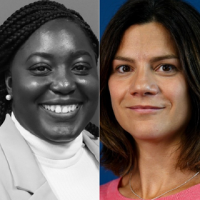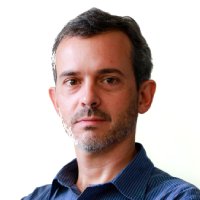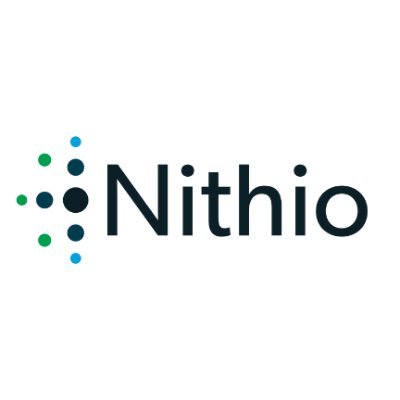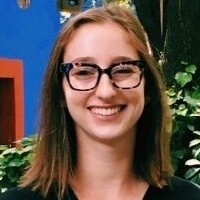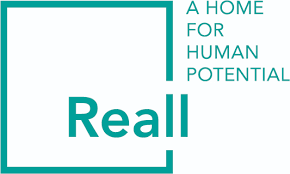April 19, 2024
Since its Lab endorsement in 2022, Reall’s Green, Affordable Housing Finance (GAHF) has taken significant steps forward to meet its goal of unlocking USD 400m in green homes, moving forward with a pilot in Kenya. The instrument fosters construction and mortgage loan guarantees alongside targeted enabling interventions to catalyse a locally driven and self-sustaining affordable housing finance ecosystem.
CPI’s Sam Goodman sat down with Lucy Livesley, Reall’s Director of Governance and External Affairs, and Naa Ayeleysa Quaynor-Mettle, Climate and Green Buildings Lead to catch up on the latest with GAHF’s inspiring work.
Reall was the proponent behind GAHF, one of seven instruments from our outstanding 2022 Lab cycle. At the time, why did Reall feel like the Lab was a good fit for the instrument?
Lucy: We were excited to apply for the Lab’s Zero Carbon Buildings stream. It was an exciting moment recognizing the key contribution that the buildings and construction sector has for global climate. We were in the fairly early stages of bringing this concept together on the back of 30 years of experience Reall has in this sector. The Lab was just a perfect fit to help us take it to the next level, particularly on the financial modeling side.
How has the Lab’s endorsement in 2022 helped propel GAHF to where it is today?
Lucy: The Lab endorsement was during New York Climate Week 2022. It was a really big moment for Reall and our GAHF instrument to receive the endorsement of the Lab’s members. We feel that housing is a critical and underrecognized element for the global climate challenge, and GAHF harnesses guarantees, which we think are an important mechanism that is underutilized in the housing space.
Since endorsement, how has Reall worked to break through the barriers to deploying construction and mortgage loan guarantees? Have you encountered new obstacles along the way in the move to unlock USD 400m in private capital?
Naa: Three weeks ago, we organized our first pipeline development workshop for the GAHF pilot in Kenya. It was an action-oriented workshop on affordable and sustainable housing projects in Kenya focused on leveraging the value of guarantees to derisk and unlock private sector lending into the construction of green-certified houses.
A key barrier is the fact that there’s lots of competition, as well as a knowledge gap in terms of green, resilient homes and why it is important to start thinking about building differently. However, this workshop brought together commercial banks who are competitors, developers who are competitors, funders, and observers into the room at the table to discuss how guarantees can unlock financing. That was fantastic because in the past you didn’t have people talking. Through the Lab’s endorsement and funding that we received to roll out GAHF, we are beginning to break down some of those barriers and get people at the table to collaborate.
I think that’s fantastic to see people wanting to be a part of a pilot. It’s off to a great start and we look forward to breaking down a lot more of those barriers as we advance in our work to promote the uptake of green, resilient, affordable housing projects.
Lucy: Some of the challenges we knew in advance, and they’re exactly how we’ve designed GAHF to face those head on. We knew it wasn’t going to be easy. That’s the point of an ecosystem instrument that’s looking at challenges both on the supply side, the construction of green homes, and on the demand side. We are unlocking the ability of low-income families, women-headed households, and people that have been previously excluded from formal housing finance, enabling them to access that finance to then purchase and live in green homes.
If I can just flag a couple of those key elements that are built into the GAHF instrument, that represent the challenges that we need to overcome.
First, I believe there are only 26,000 mortgages in the entirety of Kenya. We feel that there is a role for mortgages in a healthy housing ecosystem. They’re not well understood, and a lot of people are understandably very nervous about what a mortgage might represent in terms of long-term debt. So it’s marketing, education, and proof of concept. It’s building that evidence base that mortgages can be the right instrument for many people.
Second, it’s also breaking down the assumption that green construction and green housing design must mean it’s more expensive. That is not necessarily the case at all. In fact, when you look at the cost of living in a green home, there’s a growing evidence base that demonstrates that it is much more affordable over time.
Finally, a core part of our instrument is recognizing that approximately 70% of people living in emerging markets, including in the Kenyan market, are earning their income wholly or partially from the informal economy. Banks just don’t know how to access that income segment. They can’t understand the risk of lending to that group. But that’s where the growing housing demand is.
So part of the GAHF instrument is piloting and integrating alternative credit assessment tools within banking systems, using AI and machine learning. It’s really exciting and pushing boundaries. That will help allow banks, on the back of guarantees, to extend finance to that previously unmet group. That’s where the scale and the impact is going to come
“By addressing the intersectionality between green, affordable housing and gender, we’re bringing in and reaching a formally marginalized group. I think that is a fantastic way to reach a lot of women who did not have access to some of these opportunities to own homes.”
Naa Ayeleysa Quaynor-Mettle, Climate and Green Buildings Lead, Reall
In exciting news, Reall recently secured funding from the SDG Impact Finance Initiative (SIFI). How will this recent news help Reall scale up its pilot in Kenya?
Lucy: The SIFI grant is going to be really catalytic for the GAHF instrument. The core of it is pushing on the gender element, putting women and gender at the very center of GAHF as we pilot in Kenya and look to then adapt and roll out beyond Kenya. It’s allowing us to do some research and some modeling on gender-positive guarantee products. Ensuring that when we extend guarantees to local finance institutions, they are then incentivized and derisked, particularly in terms of lending to women-headed households. It is also allowing us to progress on the structuring and the institutional arrangement side of things, and also on the fundraising piece.
From what I understand, Reall will be focusing on embedding gender and its approach going forward. How do the topics of green affordable housing and gender intersect?
Naa: I think there is such a huge intersectionality between green, affordable housing and gender. Women have historically been sidelined in construction.
Within GAHF, it’s not just about constructing for women, but it’s also about broadening access. If you look at emerging markets, the homeownership for women is much lower compared to men. So it is about broadening access, ensuring that there are financial products that allow women to access home loans, recognizing that there’s a greater proportion of women who are in the informal sector. It’s therefore much more difficult to access the traditional documentation that is needed to receive loans from banks. They are usually marginalized and excluded. By addressing the intersectionality between green, affordable housing and gender, we’re bringing in and reaching a formally marginalized group. I think that is a fantastic way to reach a lot of women who did not have access to some of these opportunities to own homes.
This year the Lab is celebrating its 10th anniversary with a record-setting 10 ideas. What advice would you give for this year's incoming class?
Lucy: I would recommend maximizing the value of the Lab support. We really valued, particularly in that modeling phase, the dedication and the quality of the input and expertise that came from the Lab analysts.
It was superb, the extent and the interrogation of the model that was developed. I would also say work with the Lab to reach out to its members who can add value to those working groups in terms of sense checking and providing advice and contacts.
That allowed us to make sure that we got to the point of endorsement with a quality instrument analysis report and one that was fit for purpose, stood up to interrogation, and allowed us to have that launch pad to then reach out to stakeholders across Kenya and get to the point where we’re piloting.
